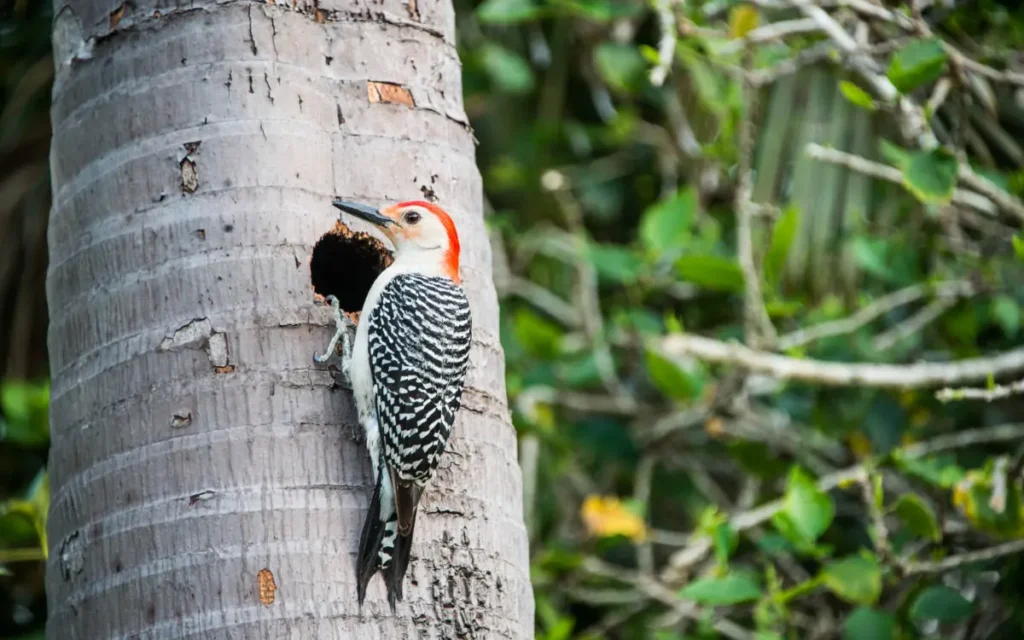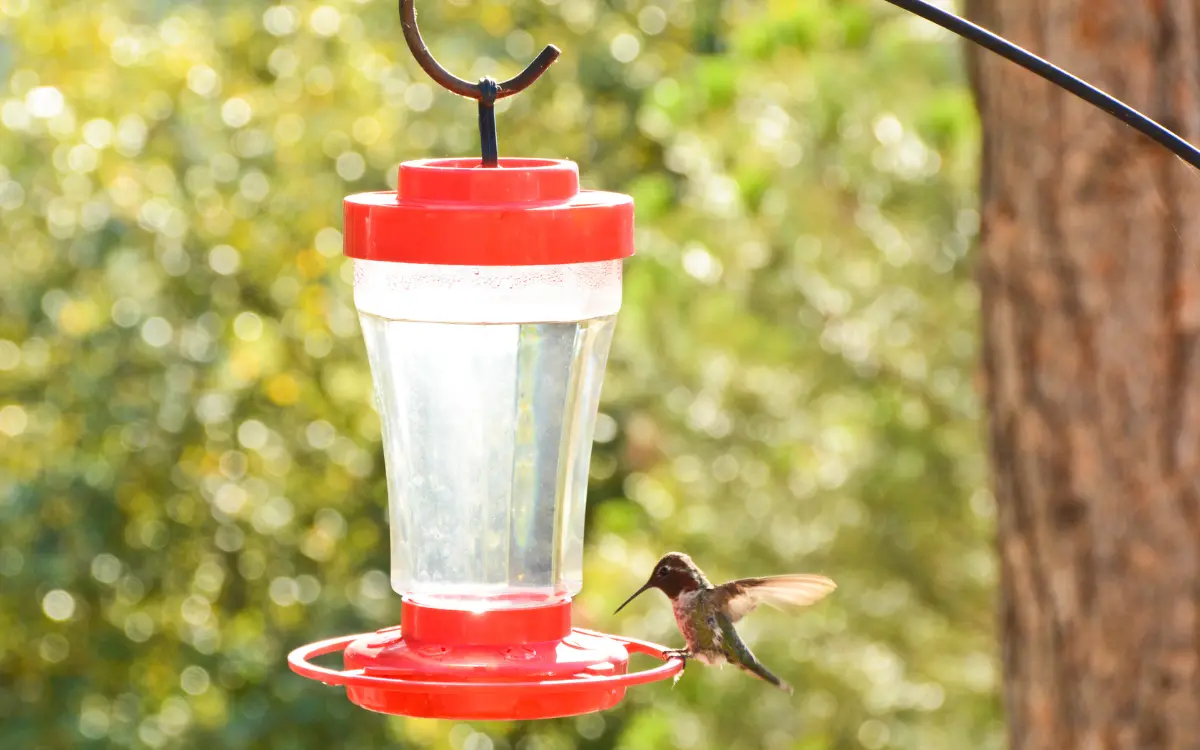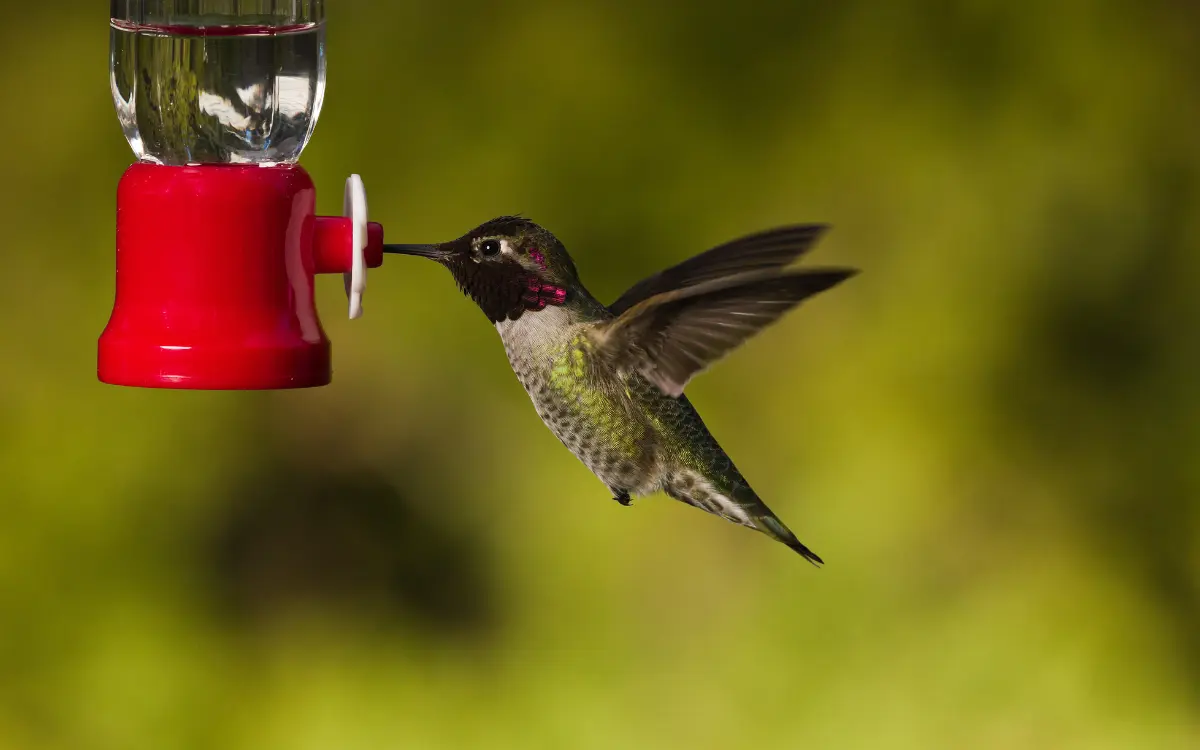8 ways to Get Rid of Woodpeckers
Woodpeckers can become a nuisance for homeowners, especially when they start pecking on the siding, trim, or other wooden structures around the home. While these birds are fascinating and beneficial in their natural habitats, their activities can cause damage and create noise disturbances.
Woodpeckers peck on structures for several reasons:
- Feeding: They often tap on wood to reach insects inside. Homes with wood siding or trees nearby may attract woodpeckers if there are insects present.
- Drumming: This behavior is a way for woodpeckers to communicate, either to establish their territory or attract a mate. Drumming involves rapid pecking on resonant surfaces like metal gutters or hollow wood, which can be especially loud.
- Nesting: Woodpeckers may peck to create nesting sites. If they find soft or damaged wood on your property, they may begin excavating to create a place to lay their eggs.
Understanding Why Woodpeckers Peck

Woodpeckers engage in pecking behavior as part of their natural habits, each serving a specific purpose. Here’s a closer look at their behaviors:
- Feeding: Woodpeckers primarily feed on insects living inside trees and wood. By tapping and pecking, they locate and access larvae, ants, and other insects hidden beneath the surface. When woodpeckers are pecking for food, they are likely to target areas where they detect insect activity. Deterring woodpeckers that are feeding may involve addressing the insect issue, as removing the food source can reduce their interest in that location.
- Marking Territory or Drumming: During the mating season, woodpeckers drum on hard, resonant surfaces to establish their territory and attract mates. This behavior is often repetitive and can cause damage or noise disturbances. Woodpeckers choose materials like metal gutters or wooden siding that produce a loud, echoing sound. Deterring woodpeckers from drumming requires visual or auditory deterrents to make the area less attractive for this activity.
- Nesting and Shelter: Woodpeckers create nesting cavities by pecking into softer wood or areas that are easy to excavate. They usually choose trees, but in urban areas, they may target wooden siding or trim. When nesting is the goal, woodpeckers will dig more extensively to create a safe cavity for their young. Physical barriers like netting are often the best solution to prevent nesting damage, as they physically block the woodpeckers from accessing certain areas.
Each behavior requires a tailored approach to deterrence. By understanding why woodpeckers are pecking, you can choose the most effective method to deter them without causing harm, ensuring both your property and the birds remain safe.
1.Visual Deterrents
Visual deterrents are an effective and humane way to discourage woodpeckers from pecking on your property. These deterrents work by startling or confusing the birds, making your home or yard less attractive to them. Here are some commonly used visual deterrents:
Reflective Objects: Woodpeckers are often startled by reflective surfaces that catch and move with the light. You can hang shiny objects like strips of aluminum foil, old CDs, or reflective tape near the areas where they tend to peck. As these items move in the wind, they create flashes of light that can deter woodpeckers from landing or lingering on those surfaces.
Bird Scare Balloons: These balloons are designed with large, eye-like patterns that mimic the appearance of predator eyes. Hang these around the areas that woodpeckers frequent. The colors and patterns make the balloons look like large, intimidating eyes, which can frighten the birds and make them avoid the area.
Predator Decoys: Placing decoys, such as owl or hawk statues, can also help scare away woodpeckers. These decoys should be placed close to the area where the woodpeckers have been active, such as on a fence, near eaves, or on a tree. To maximize their effectiveness, move the decoys to different spots every few days, as birds can become accustomed to stationary objects.
These visual deterrents are safe and simple to set up, making them a great first step in addressing woodpecker issues. They help create an environment where woodpeckers feel less comfortable, encouraging them to seek out more natural spaces away from your home.
2.Sound-Based Deterrents
Sound-based deterrents can be an effective way to keep woodpeckers away by disrupting their sense of safety. Since woodpeckers are sensitive to unfamiliar or disturbing sounds, these deterrents can make an area seem unsafe or uncomfortable. Here are a few sound-based methods you can try:
Ultrasonic Devices: Ultrasonic bird deterrents emit high-frequency sounds that are often inaudible to humans but unpleasant to birds. These devices can be mounted near the areas where woodpeckers are active. The sound waves can deter woodpeckers without creating noise disturbances for you or your neighbors. Some devices even feature motion sensors, which activate only when movement is detected, adding to their effectiveness.
Recordings of Predator Calls: Playing recordings of predator calls, like hawks or owls, can scare woodpeckers away by simulating the presence of natural threats. These recordings can be set up with speakers around the affected areas. For best results, play the sounds intermittently, rather than on a continuous loop, as random sounds are more likely to surprise and deter the birds.
Wind Chimes: Wind chimes create a gentle, natural sound that may deter woodpeckers. The sound can be unsettling to them, especially if it changes with the wind. Place wind chimes near the areas where woodpeckers are pecking, such as on eaves or branches close to your home. The movement and noise can discourage them from staying in that area.
Noise-Making Devices: Simple noise-making devices like aluminum cans, bells, or other items that create sound when moved can be effective as well. Hang these items near pecking spots. When the wind blows, the noise will serve as a deterrent. Similar to visual deterrents, sound deterrents work best when they’re unexpected and varied, so you may need to change up the devices occasionally.
3.Physical Barriers
Physical barriers can be a direct way to prevent woodpeckers from accessing certain areas of your property. These barriers make it difficult for woodpeckers to reach the surfaces they’d normally peck, which encourages them to move on to a more accessible location. Here are a few effective methods:
Netting or Mesh: Bird netting can be draped over areas where woodpeckers are active, such as walls, siding, or trees. Choose a fine mesh to prevent woodpeckers from landing and pecking through it. Install the netting a few inches away from the surface so that birds can’t reach the underlying wood. Netting is especially useful for larger areas or where woodpeckers have established repeated activity.
Siding and Protective Covers: If woodpeckers are targeting specific areas of your siding or trim, you can use metal or plastic sheeting to protect these spots. Attach these covers over the affected areas, making them less attractive to woodpeckers. This method works well on areas that are prone to damage and provides long-lasting protection.
4.actile Deterrents
Tactile deterrents are substances applied to surfaces to make them unpleasant for birds to land on. Woodpeckers will avoid areas coated with these substances because they create a sticky or uncomfortable feeling. Here’s how to use tactile deterrents:
Sticky Repellents: Apply a non-toxic, sticky bird repellent gel to areas where woodpeckers commonly peck. These gels create a sticky surface that makes it difficult for birds to land comfortably. Be cautious when applying these gels, as they should be placed only on surfaces you’re comfortable cleaning later, as dirt and debris can stick to them.
Bird Gels: Bird gels are clear, sticky products that are safe to use on various surfaces. They work similarly to sticky repellents and can be applied to siding, eaves, and fences. These gels are usually weather-resistant and can last for several months, deterring woodpeckers from revisiting treated areas.
5.Natural Repellents
Natural repellents are safe, non-toxic solutions that can deter woodpeckers with strong scents or unpleasant tastes. Here are a few natural options to try:
Peppermint Oil: Woodpeckers dislike the strong scent of peppermint. You can mix a few drops of peppermint oil with water and spray it on the areas where they peck. Reapply this mixture every few days or after rain to maintain its effectiveness.
Garlic Spray: Similar to peppermint oil, garlic has a strong scent that can deter woodpeckers. Create a spray by mixing minced garlic with water, letting it sit for a few hours, and then straining it. Spray this mixture on affected areas to keep woodpeckers away.
Hot Pepper Spray: Woodpeckers dislike the taste of capsaicin, the active ingredient in hot peppers. You can buy pre-made bird-safe hot pepper spray or make your own by mixing hot pepper flakes with water. Spray this on wooden surfaces where woodpeckers peck, but be cautious with its application to avoid eye or skin irritation.
6.Providing Alternative Food Sources
If woodpeckers are pecking on your property in search of food, consider offering them an alternative. By giving them access to food in other parts of your yard, you can direct their attention away from your home.
Set Up a Suet Feeder: Place a suet feeder on a tree or post away from your house. Woodpeckers are naturally attracted to suet, which is rich in protein and fat. By providing an appealing food source, you can encourage woodpeckers to forage elsewhere.
Install a Mealworm Feeder: Woodpeckers also enjoy mealworms, which are high in protein. Place a mealworm feeder away from your home to give them a food source in a less invasive location. Mealworms are especially appealing during the spring and summer when woodpeckers are feeding their young.
7.Modifying the Environment
Making changes to your yard can discourage woodpeckers from visiting. Sometimes woodpeckers are attracted to an area because of factors you can address. Here are some ways to modify the environment:
Remove Insect Sources: If woodpeckers are pecking on your siding or trees for insects, treat those areas for pest control. By reducing the presence of insects, you’re eliminating a food source that may be drawing woodpeckers to your home.
Repair Damaged Wood: Woodpeckers are more likely to target areas with damaged or rotting wood, as it’s easier to peck into. Inspect your siding, trim, and other wooden structures regularly, and replace any deteriorating wood. Keeping these areas in good condition can make them less appealing to woodpeckers.
Cover Holes or Cracks: Small holes or cracks in siding and eaves can attract woodpeckers looking for nesting spots. Repair these areas promptly, and consider sealing them to prevent further access. This proactive approach helps protect your home from potential woodpecker damage.
8.Seeking Professional Help
If woodpeckers continue to cause problems despite your efforts, it may be time to seek professional help. A wildlife control specialist or pest control professional can assess the situation and provide solutions tailored to your property.
When to Call for Help: Consider professional assistance if the woodpeckers have caused extensive damage, if you’re dealing with multiple birds, or if you’ve tried multiple deterrents without success.
Legal Considerations: Woodpeckers are protected under the Migratory Bird Treaty Act, so it’s illegal to harm or kill them. A professional can ensure that all deterrent methods are humane and legally compliant. They may also have access to more advanced deterrent tools that can address the issue effectively.
Read also
- 17 Types Of Woodpeckers In California(Images &Id)
- 8 Woodpeckers of South Carolina (Photo,info)
- 10 Woodpeckers in Florida (Id & Pic)
- 9 Woodpeckers in New Hampshire (Photo & ID)
Conclusion
Woodpeckers can be fascinating birds to observe, but when they cause damage to your property, it’s important to address the issue promptly. By using visual and sound-based deterrents, installing physical barriers, offering alternative food sources, and modifying the environment, you can reduce woodpecker activity in a safe and humane way. In cases where woodpeckers persist, professional help may be necessary to find a solution that’s both effective and legally compliant. With a little effort, you can create a woodpecker-free space while allowing these birds to thrive in a more suitable environment.






